Soviet howitzer D-30 caliber 122 mm
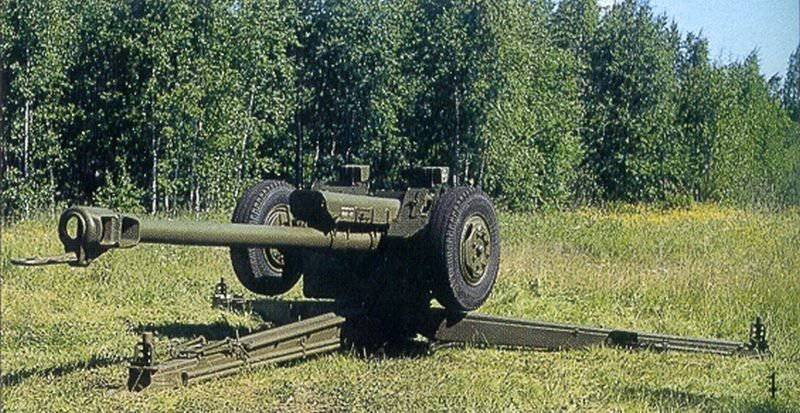
The main purpose:
- the destruction personally of the composition of the enemy in open areas and located in field fortifications;
- the suppression of fire field enemy firing points;
- Destruction of well-fortified enemy field facilities, such as a bunker;
- ensuring the passage of their infantry units in enemy obstacles, such as a minefield or wire fence;
- opposition to ground combat equipment of the enemy.
The device and composition of the howitzer gun D-30
The howitzer consists of the following main parts:
- trunk;
- wheel chocks;
- carriage;
- sights.
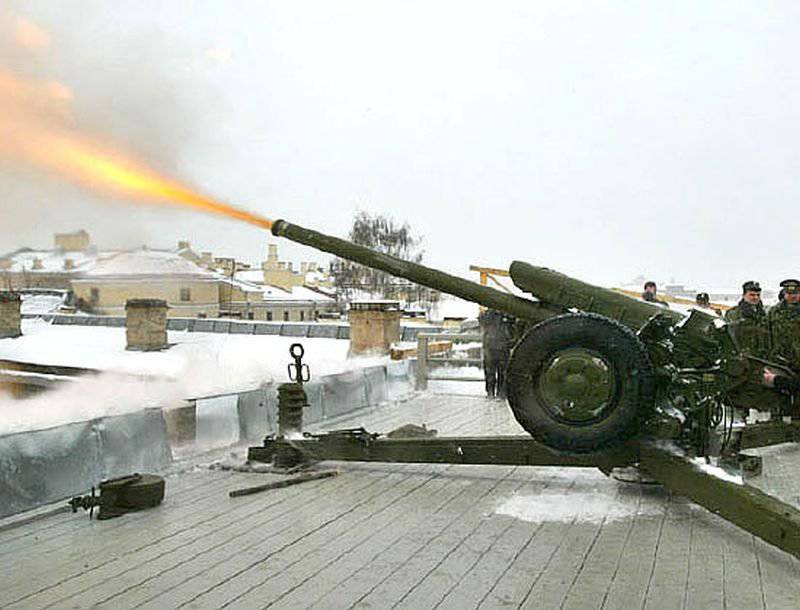
Trunk
The barrel consists of the pipe itself, the 2-x slit muzzle brake, anchors, clamps, breech and a breech with a barrel length 38 caliber. The loading of ammunition into the gun barrel is a separate-sleeve manual type.
recoil device
The howitzers' underride gear consists of a brake and an intake gear.
Lafet
The carriage is made of upper and lower machines, a cradle, a balancing mechanism, drives for vertical-horizontal pickup, cushioning mechanisms, wheels and howitzers are mounted in the stowed position. Circular shooting is limited to angles of elevation to 18 degrees, to 70 degrees shooting is limited to the sector of the location of the beds. Suspension of levers - torsion, when the wheels hit a hole or on an obstacle, the wheel levers turn and twist the torsions. Due to the use of elastic steel in torsions, they, like springs, begin to unwind and return the levers to the factory position.
Sights
Aiming devices - telescopic and panoramic sights.
Swinging Howitzer Part:
- trunk;
- wheel chocks;
- cradle;
- sights.
The rotating part of the howitzer:
- swinging part;
- wheel drive;
- top machine;
- combat shield;
- balancing mechanism;
- drives aiming.
Fixed part of the howitzer:
- lower machine;
- three beds;
- hydraulic jack.
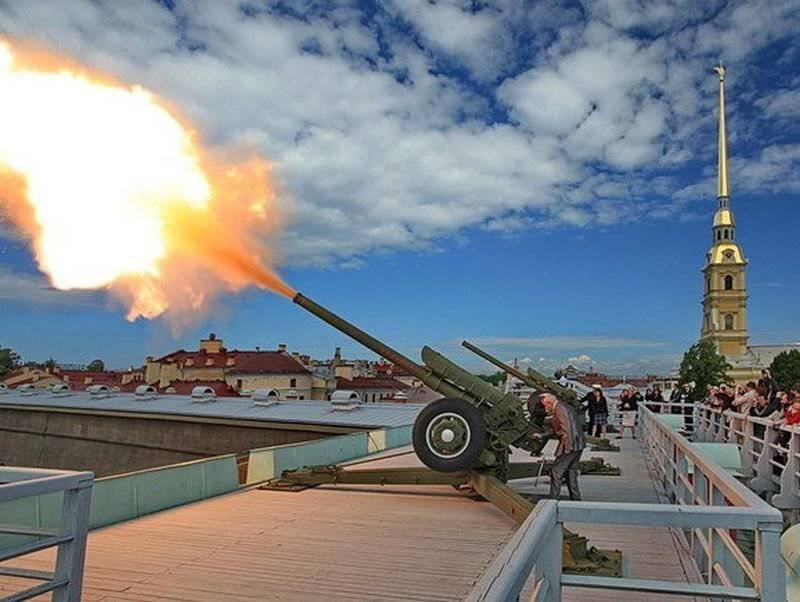
The semi-automatic wedge bolt provided a high rate of fire for such a caliber - 8 rds / min, and the layout of the barrel, where the recoil brake and knurler are located on top, helped reduce the gun's line of fire to 900 mm. All this made it possible to reduce the height of the howitzer and increase the camouflage characteristics in combat conditions.
For firing in the howitzer D-30 used high-explosive fragmentation ammunition with increased power 3OF56. Used ammunition and other types:
- anti-cumulative;
- smoke;
- special chemicals;
- fragmentation;
- armor-piercing-cumulative (very rarely);
- lighting;
- propaganda.
In addition, in the future, special ammunition was developed with an increased range of damage, active-reactive type. Some of them were produced abroad, where howitzers were delivered from the Soviet Union. The firing range of active-reactive ammunition was more than 21 kilometer.
Howitzer transportation
Due to the unusual design of the gun, the howitzer transport is also a bit unusual. The beds are interconnected and suspended from the gun barrel. The howitzer itself is transported by the pivot device, which is made on the muzzle of the barrel. The mechanisms used in wheeled howitzers allowed to transport it at a fairly high speed - up to 80 km / h (equipped roads). For transportation on snow-covered roads, the howitzer is equipped with a ski installation, although firing from it becomes impossible. Small overall weight characteristics made it possible to use a howitzer in the airborne units or to carry out a landing from an aircraft to support the troops.
This howitzer was widely distributed not only in the Army of the Soviet Union, but also in the camps of the Warsaw Pact and allied camps. Howitzer was created in the USSR and under license in a number of other states. And although today its production is discontinued, it has always been valued by the troops for simplicity, reliability, fire capability and mobility. There are in service - Russia, Hungary, Vietnam, Lebanon, China, Mongolia, Romania, Ukraine and Afghanistan. Perhaps there are in service with Poland, Iraq, the Czech Republic and Slovakia.
Combat application
One of the best-known howitzer uses in combat is Afghanistan (1979-89 of the Year). Used in Iran-Iraq military conflicts and in Chechen companies.
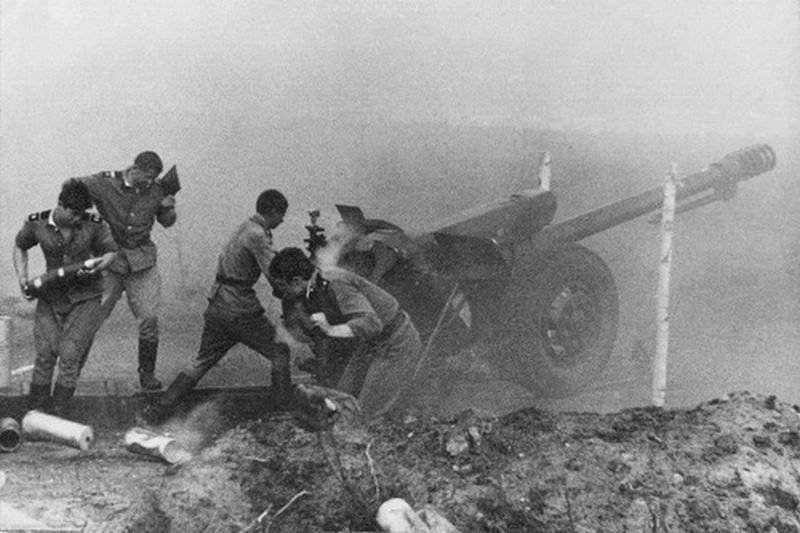
Howitzer modifications:
- D-30 - the first Soviet base howitzer;
- D-30А - modernized Soviet serial howitzer;
- D-30Y - Yugoslav modification of the Soviet howitzer. Firing range - 17.5 kilometers;
- Saddam howitzer - Iraqi modification of a Soviet howitzer;
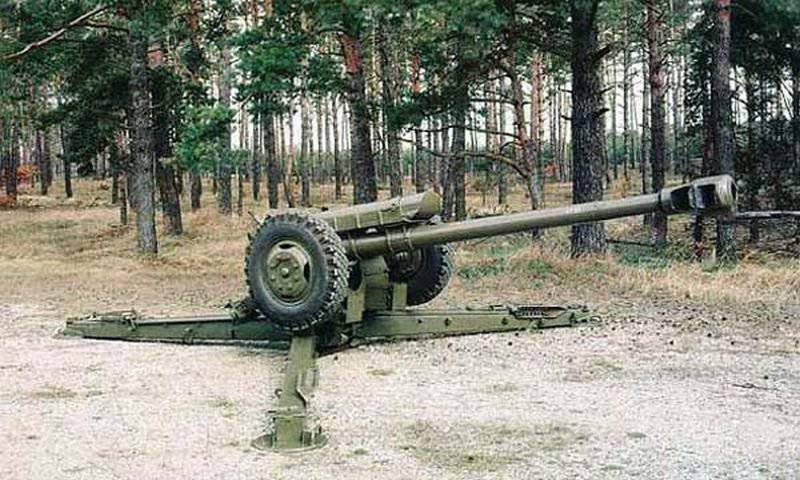
- Type 86 - Chinese modification of the Soviet howitzer.
Self-powered equipment with D-30:
- SAU 2C1 "Gvozdika" - the Soviet version of using a mobile chassis with a D-30 howitzer;
- SAU 22 "Violet" - Soviet self-propelled howitzer based on BMD-1;
- T34 / 122 - Syrian conversion option tank T-34-85 and the installation of 122 mm howitzers on it;
- T-34 / 122 - Egyptian version of the self-propelled howitzer based on the T-34-85. Different from the Syrian version of the installation of armor plates with the ability to recline on the loops. The weight of the car turned out to be a little more, however, the speed and maneuverability of the chassis from the T-34-85 tank did not practically affect it;
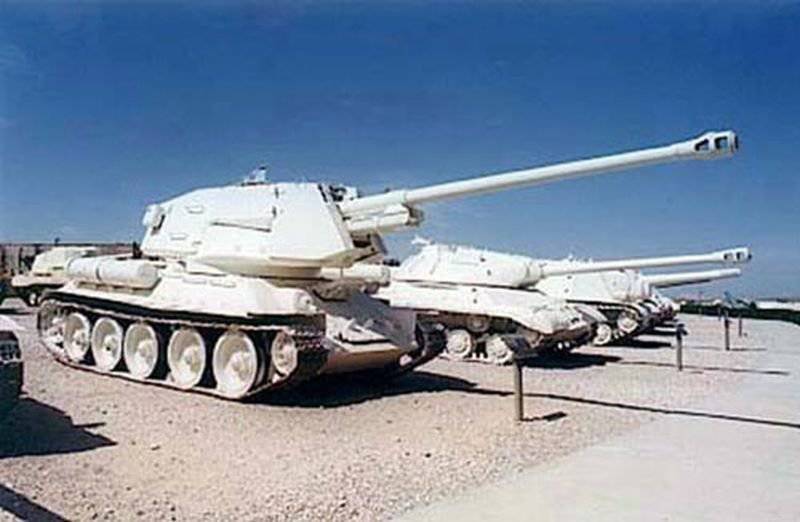
- SAU SP-122 - a prototype of a self-propelled howitzer. Created for the ground forces of Egypt by American and British firms, Bowen-McLaughlin-York and Royal Ordnance. Chassis SAU took from the American SAU M-109. Not commercially available;
- Type 85 - Chinese version of the self-propelled howitzer. Chassis armored transporter Type 531, gun - analogue of the Soviet howitzer D-30;
- T-34 / 122 - Cuban version of a self-propelled howitzer.
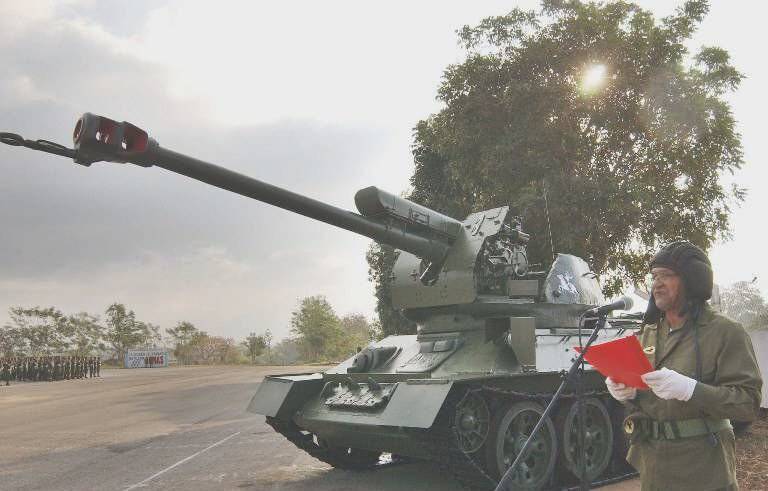
Key Features:
- Length - 5.4 meters;
- width - 1.95 meters;
- barrel length - 4.8 meter;
- weight - 3.1 tons;
- distance min / max - 4 / 15.4 kilometer;
- weight of the main ammunition - 21.7 kilogram;
- rate of fire - 8 vyst / min;
- ammunition flight speed - 690 m / s;
- vertical angles min / max - -7 / 70 degrees;
- horizontal angles - 360 degrees;
- tool design - 7 man.
Information sources:
http://ak-inzt.net/arm/768-d-30
http://militaryrussia.ru/blog/topic-507.html
http://www.youtube.com/watch?v=MnEWTgUzIt0
http://www.youtube.com/watch?v=G8oYHV-ymd8&feature=related
Information